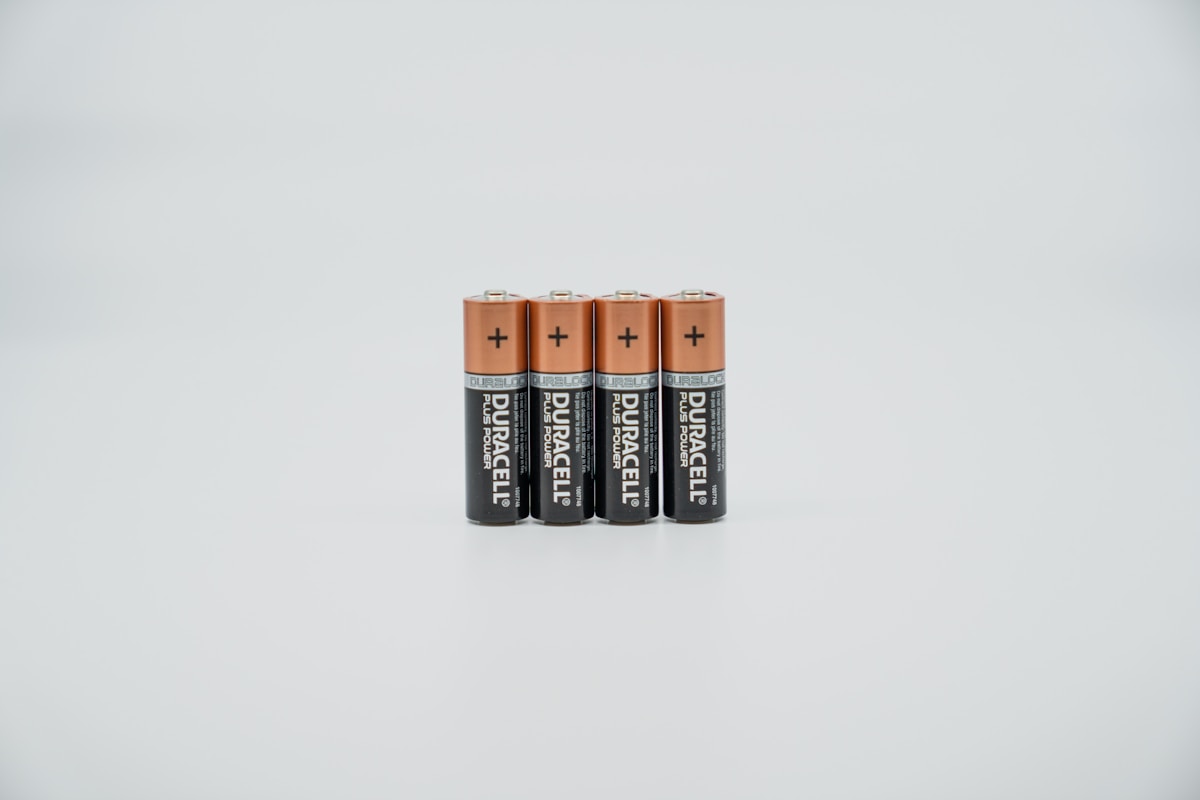Back to Industry News
Cleantech
European Battery Storage Capacity Set to Exceed 130 GWh by 2030
Summary generated with AI, editor-reviewed
Heartspace News Desk
•Source: European Business Magazine

Photo by Claudio Schwarz on Unsplash
Key takeaways
- Large-scale battery deployments are accelerating Europe's shift toward cleaner energy
- Energy storage capacity is crucial for grid stability and renewable energy integration
- Since 2020, Europe's installed battery capacity has increased sixfold
Large-scale battery deployments are accelerating Europe's shift toward cleaner energy. Energy storage capacity is crucial for grid stability and renewable energy integration. Since 2020, Europe's installed battery capacity has increased sixfold. Analysts project it will surpass 130 gigawatt-hours (GWh) by 2030.
Batteries offer operational flexibility by storing energy when production costs are low. They then dispatch power during peak demand, creating revenue opportunities for operators. The decreasing cost of lithium-ion technology drives adoption. Alternative storage solutions, including sodium-ion and flow batteries, gain traction due to enhanced safety and cost-effectiveness.
Energy security increasingly relies on flexible electricity storage and management, moving beyond fossil fuel dependence. Energy storage is expected to become a core component of power systems within the next decade. This development facilitates a transition to a more sustainable and resilient energy grid, prepared for future challenges. The expansion of battery storage directly supports renewable energy sources like solar and wind, mitigating their intermittency and ensuring a reliable power supply for consumers and industries.
Related Topics
battery storageenergy storagegrid stabilityrenewable energylithium-ion batteriesenergy security
Want coverage like this for your company?
Local & industry wins build trusted proof, SEO/geo signals and prime national editors.
Check fit (2 min)